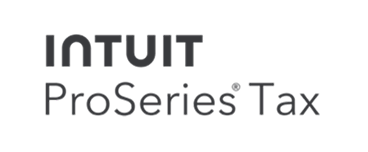
Protect Your Data: Learn to Spot a Phishing Scam
Phishing (pronounced “fishing”), is a form of social engineering that happens online. It’s the practice hackers employ to trick you into giving out your credentials, credit cards or other sensitive information. Especially when handling sensitive data such as client tax documents, you need to be extra diligent about protecting yourself (and your clients) from scammers.
Read our 3 tips to learn to spot, and protect yourself from, phishing attacks:
1. Learn to recognize fake emails
Be on the lookout for fake purchase invoices and fake shipping receipts coming from brands you know like Walmart or Amazon. Clicking a link in these fake emails could potentially install malware on your computer, or land you on a phishing page where your credentials could be compromised.
PRO TIP
How can you tell if an email from SmartVault is authentic? Check out our Knowledge-Base article to learn more and keep yourself safe from a phishing attempt. If you suspect suspicious activity, send an email to security@smartvault.com.
2. Be wary of ‘urgent’ requests
Understand that the bad guys will be targeting you. Carefully review any emails containing links that urgently request you to change a password, state that your account has been compromised, etc.
PRO TIP
Hover over the links in emails to display the true link destination. If the link does not match the destination, this could be a phishing attempt. You can also physically type in the address of a web site if you have any question about the validity of a web hyperlink in an email.
3. Take an active role in security
The best defense we have against malicious scammers is to take active steps to reduce the risk of an attack:
- Keep your anti-virus software up to date
- Practice good password hygiene
- Don’t share log-in credentials
PRO TIP
For more tips on keeping your data (and your client’s data) secure, download our Security eBook, The Ultimate Guide to Cybersecurity.






